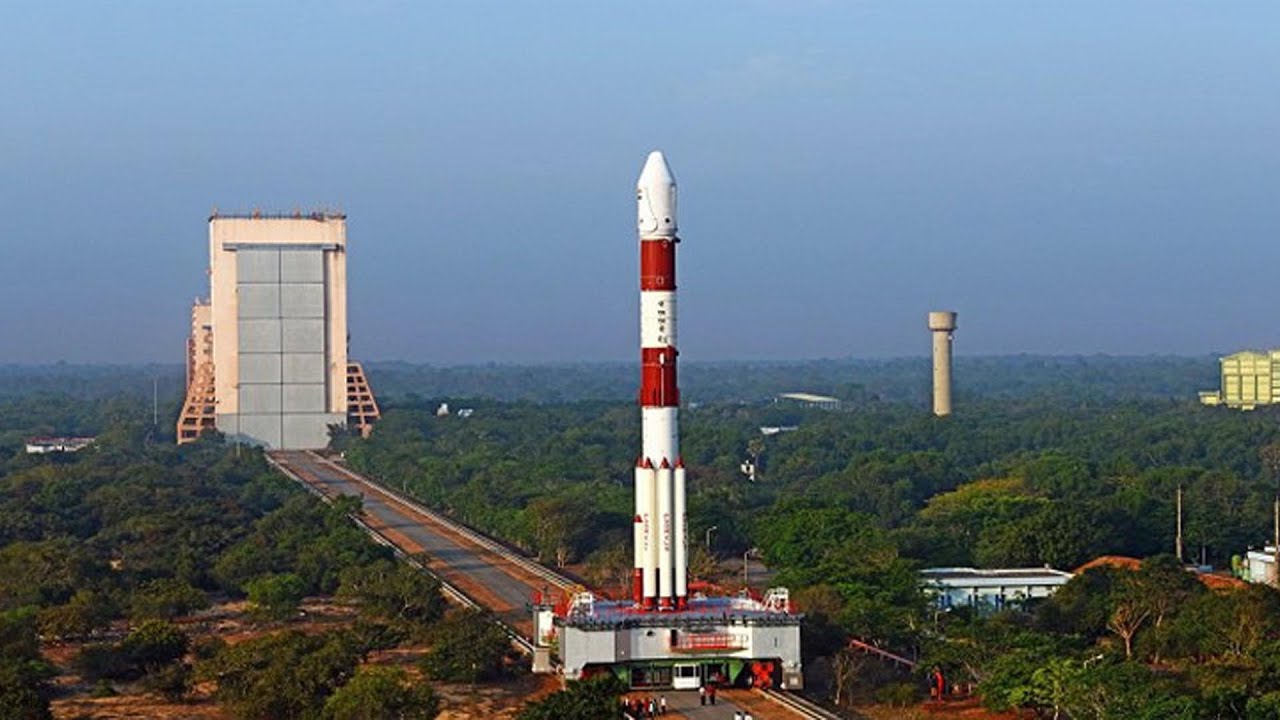http://www.hindustantimes.com/india...in-6-months/story-2BSweD1xc79jnApAFcQnaL.html
Meet the Martians: Doon students undertake three Mars simulation missions in 6 months
N Adhithiyan and Rohan Chandra, both third-year aerospace engineering students at Dehradun’s University of Petroleum and Energy Studies, represented India at the Poland Mars Analogue Simulation in the east European country last year. This was followed by two remote simulation missions for US-based projects.
india Updated: Jan 09, 2018 11:57 IST
Neha Pant
Hindustan Times, Dehradun
Both N Adhithiyan and Rohan Chandra admit to a fascination for Mars as well as other cosmic bodies.(Getty Images)
-
-
When N Adhithiyan and Rohan Chandra first watched Matt Damon-starrer The Martian upon its release in 2015, they scarcely imagined becoming an integral part of several Mars simulation missions in the years to come.
The two third-year aerospace engineering students at Dehradun’s University of Petroleum and Energy Studies (UPES) have participated in three Mars analogue simulation missions, undertaken in conditions similar to those on the red planet, in a span of just six months.
Adhithiyan and Rohan – both 20 – represented India at the Poland Mars Analogue Simulation (PMAS) project in the east European country last July-August, where they were part of its mission support team. This group, which comprised over 25 students and young professionals from places across the world, worked closely with another team of six analogue astronauts who lived in an artificially created Mars habitat in Poland.
The PMAS was organised by the Space Exploration Project Group of the Space Generation Advisory Council, in collaboration with the European Space Agency.
Since then, they have been part of the mission support teams of two more Martian analogue simulation missions: One held at the Mars Desert Research Station (MDRS) at Utah in the United States in December 2017, and then the Mars Academy USA (MAU) analogue simulation at the Mojave desert (organised by the Mars Society USA) in January 2018. Adithiyan and Chandra worked remotely from India for the two projects.
Rohan Chandra functioned as a record officer at the PMAS-2017.
While Rohan functioned as a record officer at the PMAS to maintain log records for the habitat, Adhithiyan – in his capacity as the science data officer – handled all kinds of scientific data related to various experiments performed during the mission.
“We (the mission control team) put the astronauts through events like fire and gas leak simulations, observed how they reacted, and recorded their responses for actual Mars missions in the future,” recalls Adhithiyan, who – along with the team – learnt to work on a 15-minute time-delayed communication (on the lines of the time taken by signals to travel between Mars and Earth) link during the mission.
Adhithiyan hails from Chennai, and wants to be a space explorer.
Local lad Rohan, on the other hand, aims to become a rocket-missile engineer. “We worked with people from over 25 countries at the PMAS. It was an incredible learning experience,” he says.
Adhithiyan worked as an internal management & communication officer for the MAU as well as MDRS missions, interacting with members of support teams working remotely from various countries. Rohan, in his role as the planning and scheduling officer, was responsible for preparing schedules as well as daily operations for the missions.
N Adhithiyan fulfilled the role of a science data officer at the PMAS-2017
.
Prior to this, the duo had been part of the university’s 23-member Team Astral that secured the world no 1 ranking in CanSat 2017, a global satellite-designing contest held at Texas, United States, in June last year. “Now that we know what goes into planning a real-life (simulation) mission, we can connect with sci-fi movies (like Armageddon and October Sky) at a much more personal and technical level,” says Rohan.
Adhithiyan and Rohan now look forward to participating in another analogue simulation mission remotely this March.
Ugur Guven, professor of aerospace engineering and vice president (international affairs) at UPES, points out how the success of India’s own space programmes has inspired young aerospace students. “Made at a budget lower than a Hollywood sci-fi film, India’s Mars Orbiter Mission (MOM) has turned out to be a phenomenal inspiration for students,” he says, adding that films like The Martian took hands-on information from simulation projects like the PMAS.
MOM, which has been orbiting the red planet since 2014, cost the Indian Space Research Organisation Rs 450 crore ($73 million) to make. On the other hand, the budget of Sandra Bullock-starrer Gravity came up to $100 million.
















